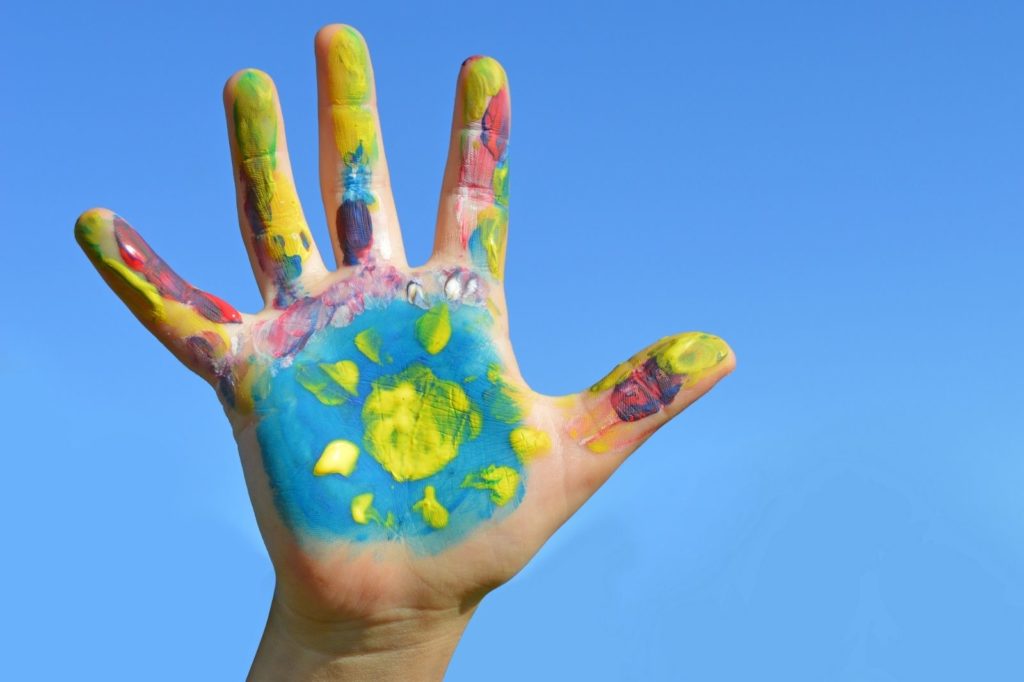It is fun to have fun but you have to know how. – Dr. Seuss
Is there any sound as joyful as a child laughing? It’s uninhibited, genuine and infectious. A child laughing says, for the moment, all is right in the world. In 2011, a Psychology Today article noted “The average four-year-old laughs 400 times a day. The average 40-year-old? Only four.”
A child who is sick with the flu, or strep throat or an ear infection isn’t as likely to laugh as often. It’s not fun to be sick. How about a child struggling with a mental illness? Less laughter certainly doesn’t mean a child has a mental illness, but two of the most common forms of mental illness, anxiety and depression, may affect a child’s well-being. Symptoms of the flu or an ear infection would mean a trip to see the doctor. The symptoms of anxiety and depression may not.
Children’s mental illness is real, and in many cases, successfully treatable. Like physical health, a child’s mental health should receive the same kind of attention. Mental Health America provides some suggestions on what every child needs for good mental health. Hopefully, all families of children with a mental illness recognize the importance of treatment.
Awareness shouldn’t be limited to just those families, though. Everyone has an interest in ensuring kids receive care. Without treatment, 50% of children drop out of high school, are twice as likely to abuse drugs and alcohol, and often are incarcerated. This in turn may directly impact our community – and eventually the global economy.
This article from the January/February 2015 issue of Foreign Affairs magazine warns that “mental illness costs the global economy $2.5 trillion a year – and that amount is rising.” According to the World Health Organization, “The Top Ten Sources of Time Lost to Disability Globally from All Medical Causes, by Percentage” is mental and behavioral disorders, at 26%. It’s nearly double the number two cause, musculoskeletal diseases, at 14%.
As significant as the cost to the global economy, the primary driver for caring for kids with mental illness is to help kids heal. To provide the same opportunity for a child to grow up and become and active, engaged part of the community. And certainly, to fill a childhood with as much joy and laughter as possible.
So what do we do? Get kids help. Talk about the importance of children’s mental health. Do one thing today that will help a child tomorrow. $2.5 trillion is a big number, but actually, the 20% of our kids who are struggling with a mental, emotional or behavioral disorder is bigger. You can help. Or in the words of one of the biggest advocates for kids:










